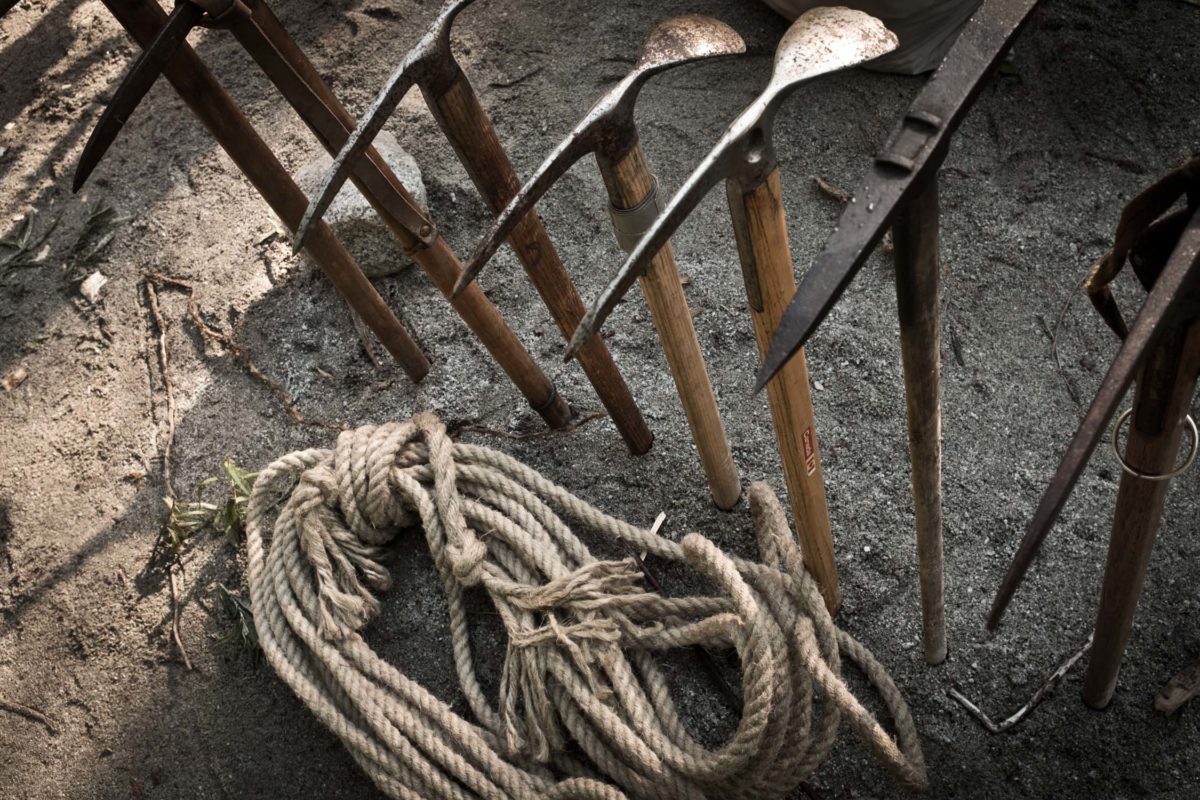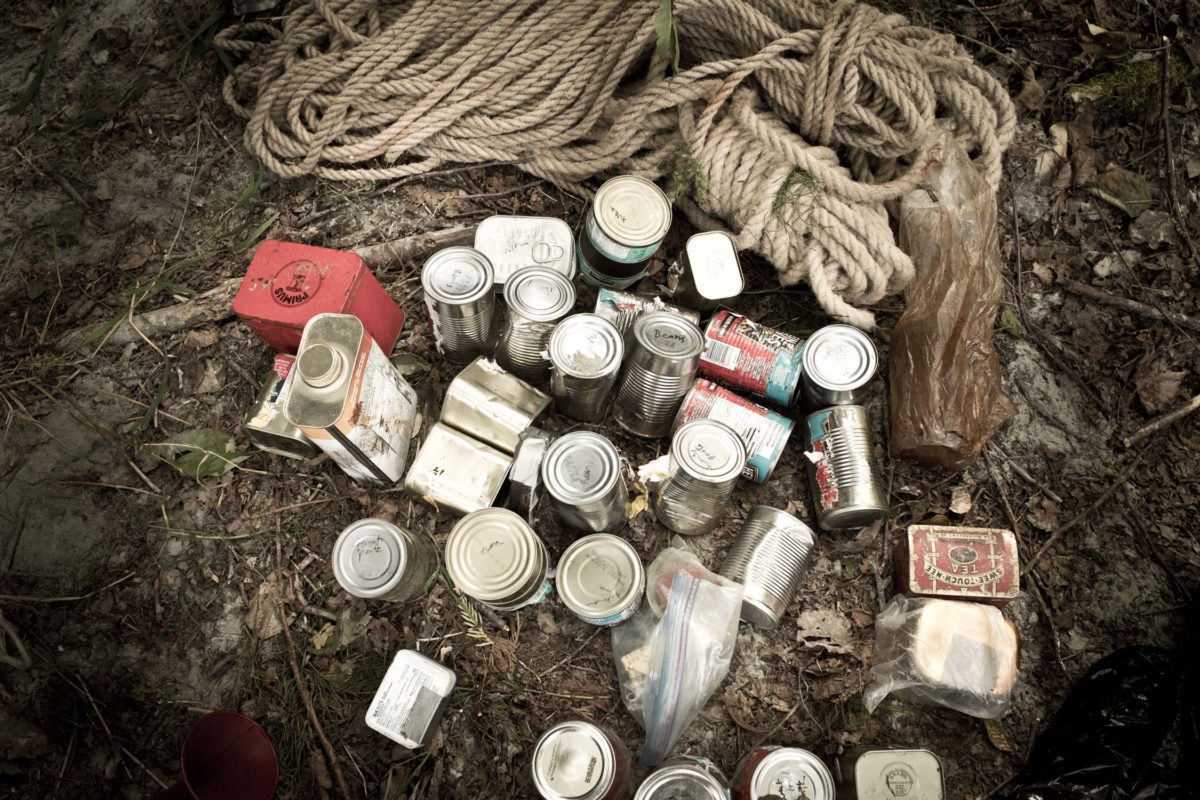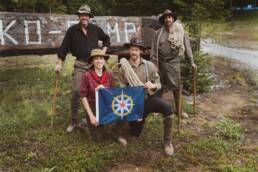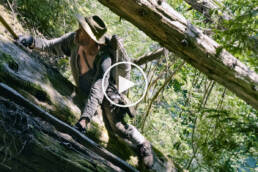Last summer, members of the Canadian-Eh Society set out to re-enact the 1926 expedition to Mt. Waddington, aka Mystery Mountain, the highest peak in British Columbia’s Coast Range. This is why they failed. By Vince Hempsall.
Bryan Thompson had already lost two team members by the time he reached the spot that came to be known as the Maze of Death. “The slope fell steeply into the Homathko River there and a landslide had ripped out a ton of trees,” he recalls from the living room of his Scarborough, Ontario, apartment. “It must’ve been 300 metres long…we had to navigate these huge trees, all stacked on top of one another, with 65-pound packs hanging off us like dead elephants.” All this while wearing hobnail boots.

When Thompson set out last August with five others to re-create the 1926 exploration of mountaineering couple Don and Phyllis Munday to British Columbia’s highest mountain, Mount Waddington, he expected an adventure. After all, they’d be wearing and carrying the same equipment the Mundays had used almost a century ago. What he wasn’t expecting was to fail. Nor did he anticipate contracting Lyme Disease.
This past January Thompson received confirmation the lethargy he was suffering was indeed from an infected tick bite he got while on the excursion that started in Bute Inlet and finished 23 days later and 12 kilometres short of their goal of the glacier just south of Waddington, once known as Mystery Mountain. “We changed the name of our expedition to the Misery Mountain Project,” Thompson says, laughing. “Our packs broke within a kilometre of the start and the misery just continued.”
Thompson is the founder of the Canadian-Eh Society which promotes “extreme adventure done old school.” In 2016 he and a small team celebrated the 100-year anniversary of the first Bugaboo Spire ascent by climbing it as Conrad Kain had done in woollen outfits, hobnail boots and with hemp rope. The Mystery Mountain project had a similar ethic: only gear and food that had been originally carried by the Mundays: canvas tents, cloth backpacks, cans of corned beef, slabs of bacon wrapped in cheesecloth. But no mosquito netting, thus the tick bite.

The team fell apart early when two members bowed out, one because of the flu and the other because of bad blisters. Three men from Ontario and a female photographer from Montreal soldiered on, battling mud, devil’s club, heat exhaustion, broken gear and thick, near-impenetrable alder. Finally, on the 21st day, a row ensued between Thompson and one of the men who refused to continue. Two days later, they were retreating in a helicopter.

Interestingly, the Mundays also failed at their first attempt, reaching Waddington a year after their initial expedition. Thompson expects to do the same, returning to the misery next summer to continue where he left off.
Related Stories
“The Mystery Mountain Project” Documentary Is Out Now. Watch It.
Greg Gransden has completed "The Mystery Mountain Project" documentary about an ill-fated expedition to Mount…
New Book Launched About The Ill-Fated Mystery Mountain Project
A new book launches this month called "Expedition to Mystery Mountain: Adventures of a Bushwhacking,…
This Is Why Mountain Bikers Are Stoked On Whitefish, Montana
There are many reasons why Whitefish, Montana is suddenly on every mountain biker's radar and a 3,800-foot descent is…
Insane Mountain Beat Boxin’
We don't know who this guy is, or where he came from. He showed up at the Kootenay Coldsmoke PowderKeg Slopestyle last…
The Gathering at Red Mountain
This upcoming Easter weekend RED and POWDER Magazine are presenting the 2nd annual Gathering at RED. Come hang with…







